When resolving opposing claims in dog bite cases, all sources ofevidence need to be secured, and two in particular are the mostreliable: the dog and the bite wounds.
|The dog
There are three things about dogs that make them very importantevidence:
|1. Dogs are creatures of habit.
|2. A dog's temperament doesn't change overtime.
|3. Dogs don't lie or change their behaviorbecause they are involved in litigation.
|Typically, a dog's behavior can change due to old age, illness,injury, or if they have been trained or had their behavior modifiedafter an incident, but their temperament does not change over time.That is why a professional forensic evaluation of a dog is valideven years after the incident.
|There are 12 areas to consider as part of a bite incident sincethey may be very important in establishing a defense.
|Related: How much will a dog bite cost? About$37,200
||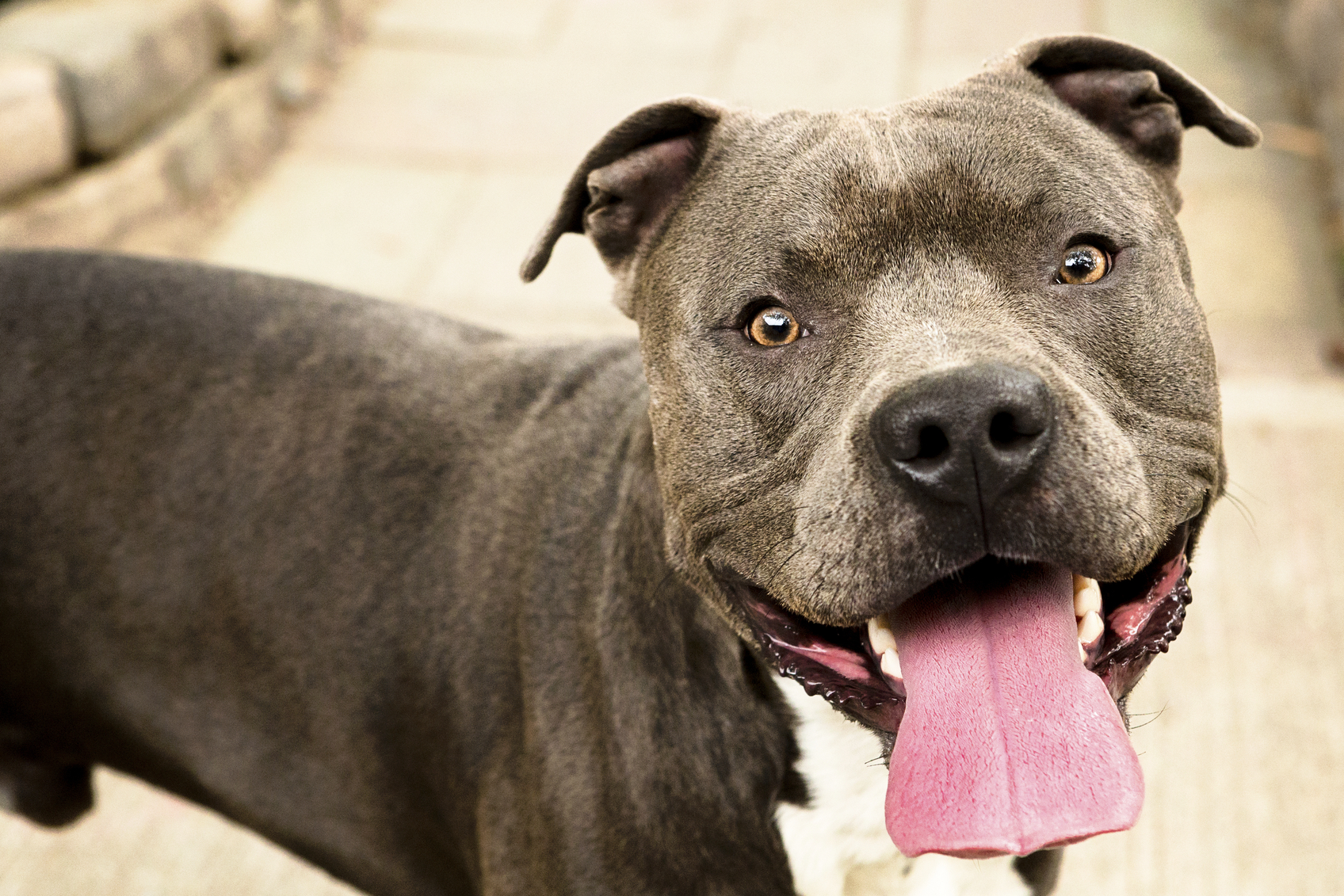
Each animal is unique regardless of its breed and should notbe considered a danger without a full evaluation. (Photo:iStock)
|1. Breed
Many plaintiff attorneys litigating a dog bite case believe ifthe defendant's dog is an “aggressive breed” such as an AmericanStaffordshire terrier or other type commonly called a “pit bull”that their case is in the bag. However, this may not help the caseunless it is being tried in a state or county in which pit bullshave been declared a dangerous or vicious breed. If a client'scanine is not the vicious dog portrayed by opposing council, thenegative association can be countered by a videotaped forensicinvestigation and evaluation along with expert testimony to thecontrary.
|2. Sex
Intact (un-neutered) male dogs are involved in 70-76 percent ofreported dog bite incidents (Wright J.C., “Canine Aggression towardpeople: bite scenarios and prevention”).
|3. Age/Health
Certain breeds see males become much more aggressive between oneto three years of age. Older dogs also become aggressive due topainful physical issues like hip dysplasia or eye issues likeglaucoma. Confirm that the defendant's dog was physically able todo what the plaintiff claims.
|Related: 10 dog breeds most often blacklisted byhome insurance carriers
||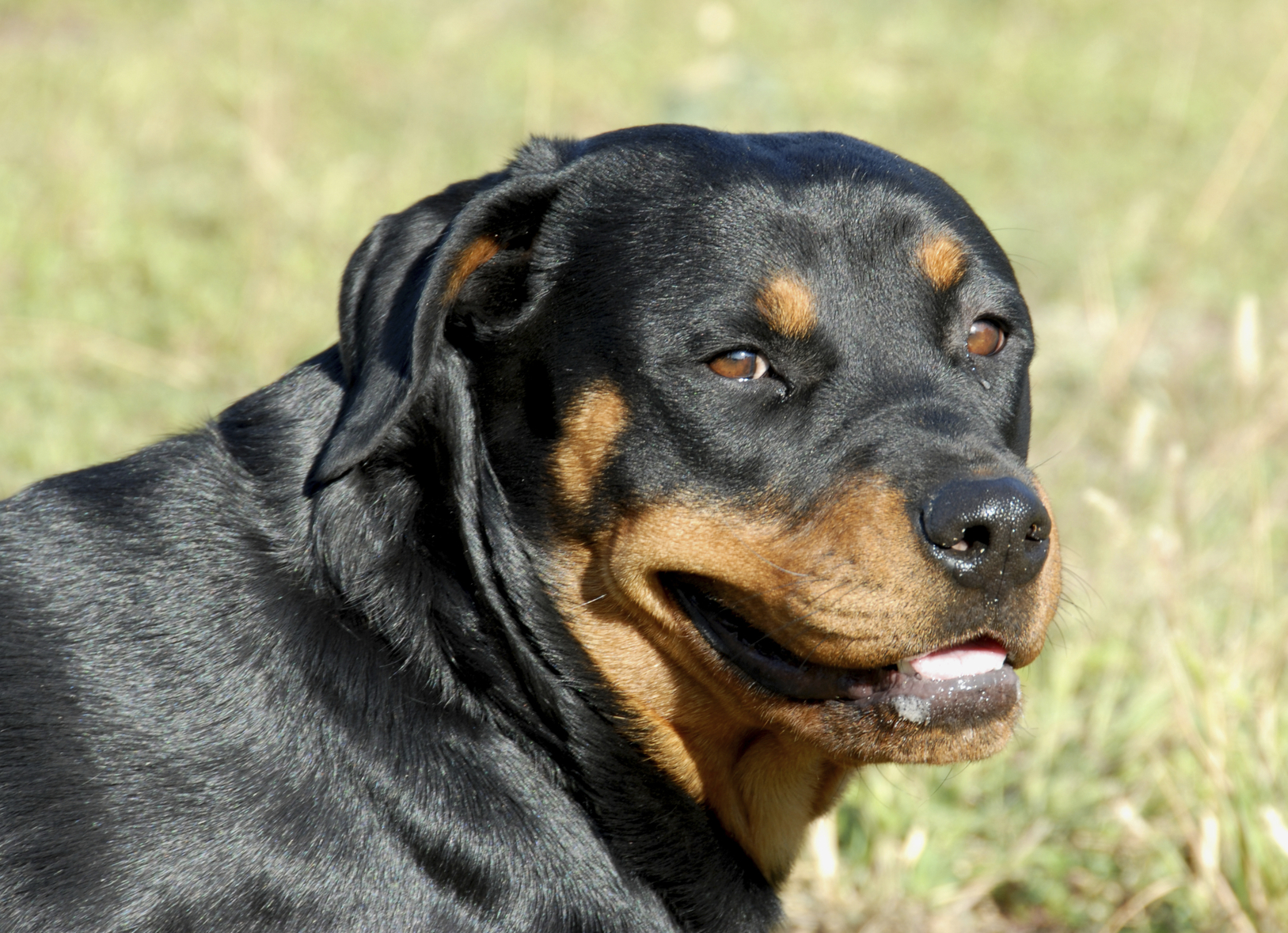
Behavior history can be an important aspect of thedefense in a dog bit claim. (Photo: iStock)
|4. Size
Large breeds can cause more damage, especially when the incidentinvolves a child. Check the dog's veterinary records at the dateclosest to the incident for the dog's weight. Sometimes, eventhough the defendant's pet is the larger dog, in a case involvingdog-on-dog aggression an evaluation of both dogs can supportwitness testimony that the plaintiff's own dog bit him or her andwas actually the aggressor.
|5. Behavioral history
Since each dog is an individual within of a breed and may notpresent any of the characteristics commonly attributed to thatbreed, behavior history can be extremely important. Aninvestigation into the defendant's dog's temperament and previousbehavior is a must, especially since owner denial is a commonfactor in many bite incidents. A recorded evaluation can provide anaccurate picture of the dog and its behavior.
|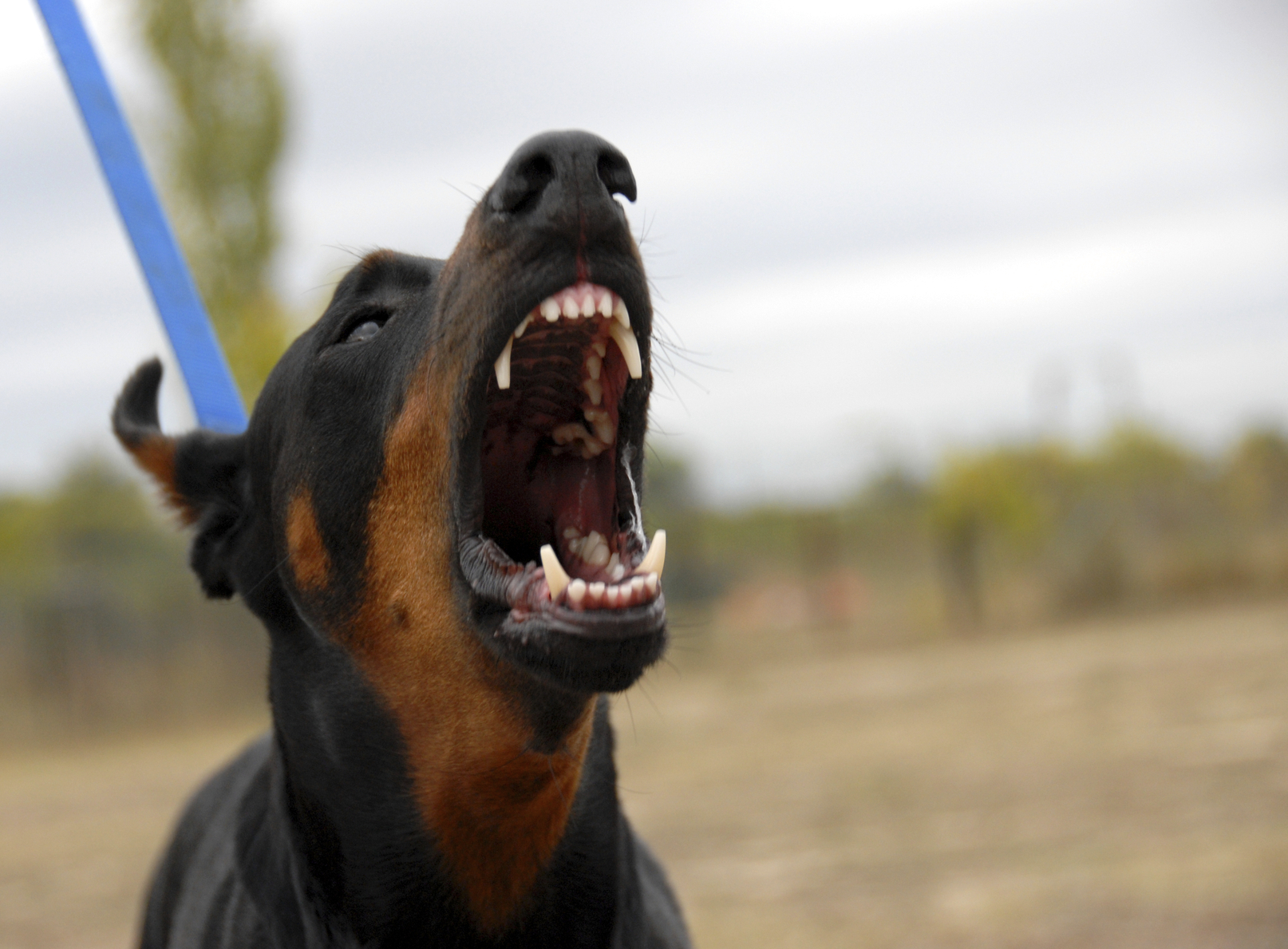
Just like people, dogs may exhibit different behaviors ifthey feel threatened or that someone is taking something away fromthem. (Photo: iStock)
|6. Types of aggression
Canine aggression consists of growling, snarling, snapping,lunging and biting. It can involve dominant aggression, territorialaggression, protective aggression and maternal aggression.
|Barking is not necessarily aggressive but based on tonality andother exhibited behaviors it may be construed as such. It isimportant to clarify the dog's tone, body language, etc. todetermine if aggression was actually what was being displayed.
|Even if a dog has demonstrated aggression in the past, it can beproblematic when used as a support for the plaintiff's case unlessit directly relates to the incident being litigated. For example,dog-on-dog aggression does not relate to dog-on-humanaggression. Having evidence that the defendant's dog hasattacked other dogs or animals in the past will not carry muchweight if the plaintiff's case is strictly dog-on-human aggressionand no other dog was present.
|If there is evidence the defendant's dog bit someone who wastrying to take its food away, that evidence will only have weightif the plaintiff was bitten in the presence of food. A dog that isfood aggressive may not be aggressive in any other situation.
|Previous incidents of aggression can also fail to add support toa plaintiff's case if they were provoked incidents where the dogwas defending itself. If so, opposing council cannot use them toshow that the client knew of his or her dog's “viciouspropensities.”
|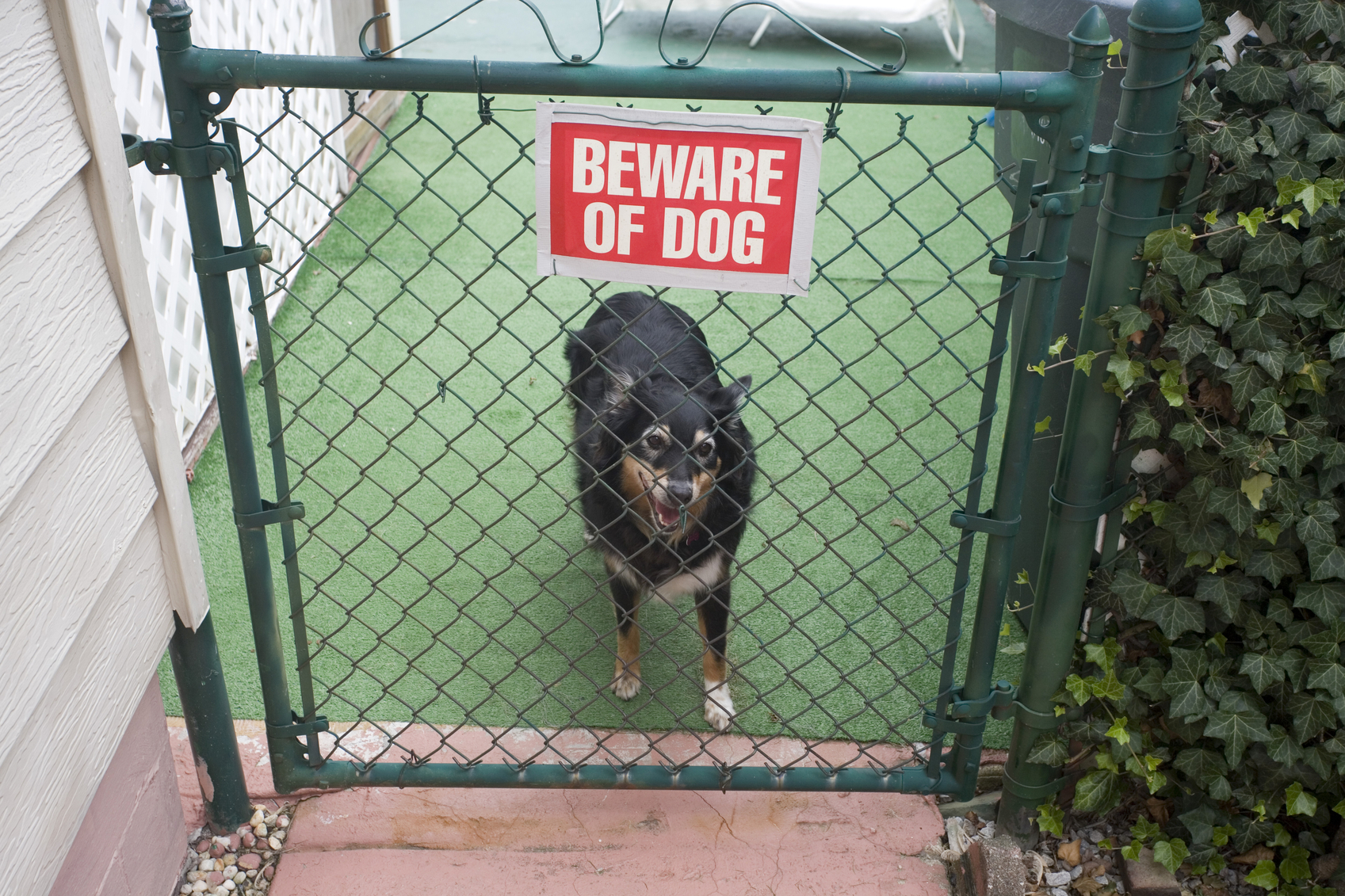
Well socialized dogs are less likely to exhibit aggressivebehavior. (Photo: iStock)
|7. Socialization
Dogs that are not well socialized, especially as puppies, have ahigher likelihood of aggression. This should be explored early inthe case.
|8. Inside/Outside
Dogs that are kept outside and not allowed into the home aretypically poorly socialized and more likely to demonstrateaggression towards strange people and dogs. However, your client'soutside dog might be an exception to the rule and be a totalsweetheart.
|9. Chaining
Dogs that have been chained for long periods of time have beenshown to be three times more likely to bite. (PETA.org) However, even if adog has been chained, it doesn't mean that it is dangerous orvicious. An evaluation can be very important here.
|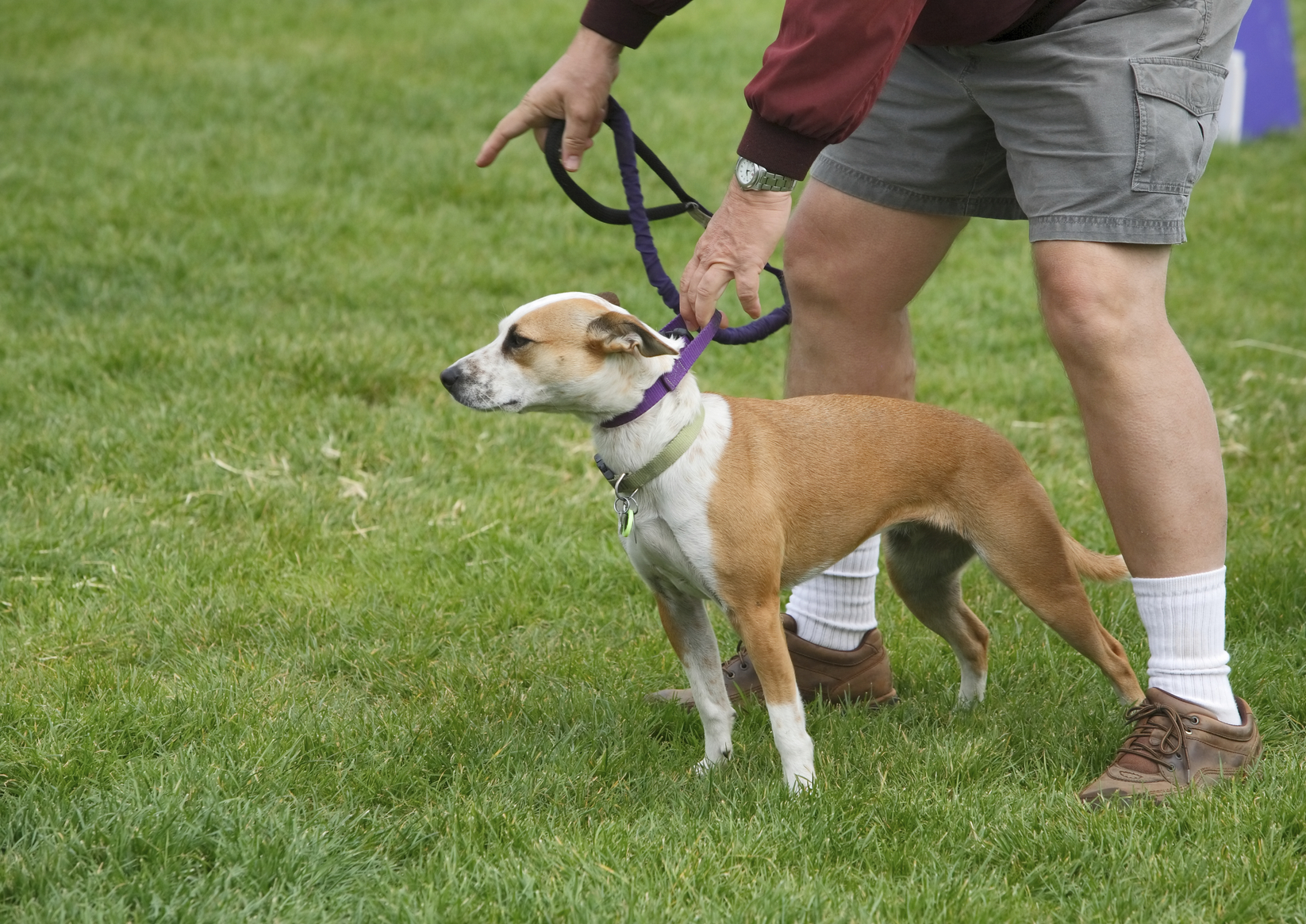
Training a dog can help keep aggression in check and atrainer can be a valuable witness to a dog's temperment. (Photo:iStock)
|10. Stray or rescue
Many stray or rescue dogs are wonderful pets, but there are afair percentage with behavior issues, which may be the reason theywere on the street or put up for adoption. Previous ownerssometimes don't tell the rescue organization about aggressionissues because they are afraid the dog will be euthanized. Alsoimportant here is whether or not the dog was evaluated by therescue organization and if the evaluation was done correctly.
|11. Training
If the defendant's dog has been professionally trained, previousaggression may be one of the main reasons why. The trainer can bean excellent percipient witness regarding the dog's prior behaviorand what the defendant knew about the dog prior to the day of theincident. Ask if the dog had aggression issues and if not, thetrainer can give a statement on the client's behalf.
|12. Exercise
Dogs that are under-exercised can build up tension that can fuelor intensify aggression.
|Read more…
|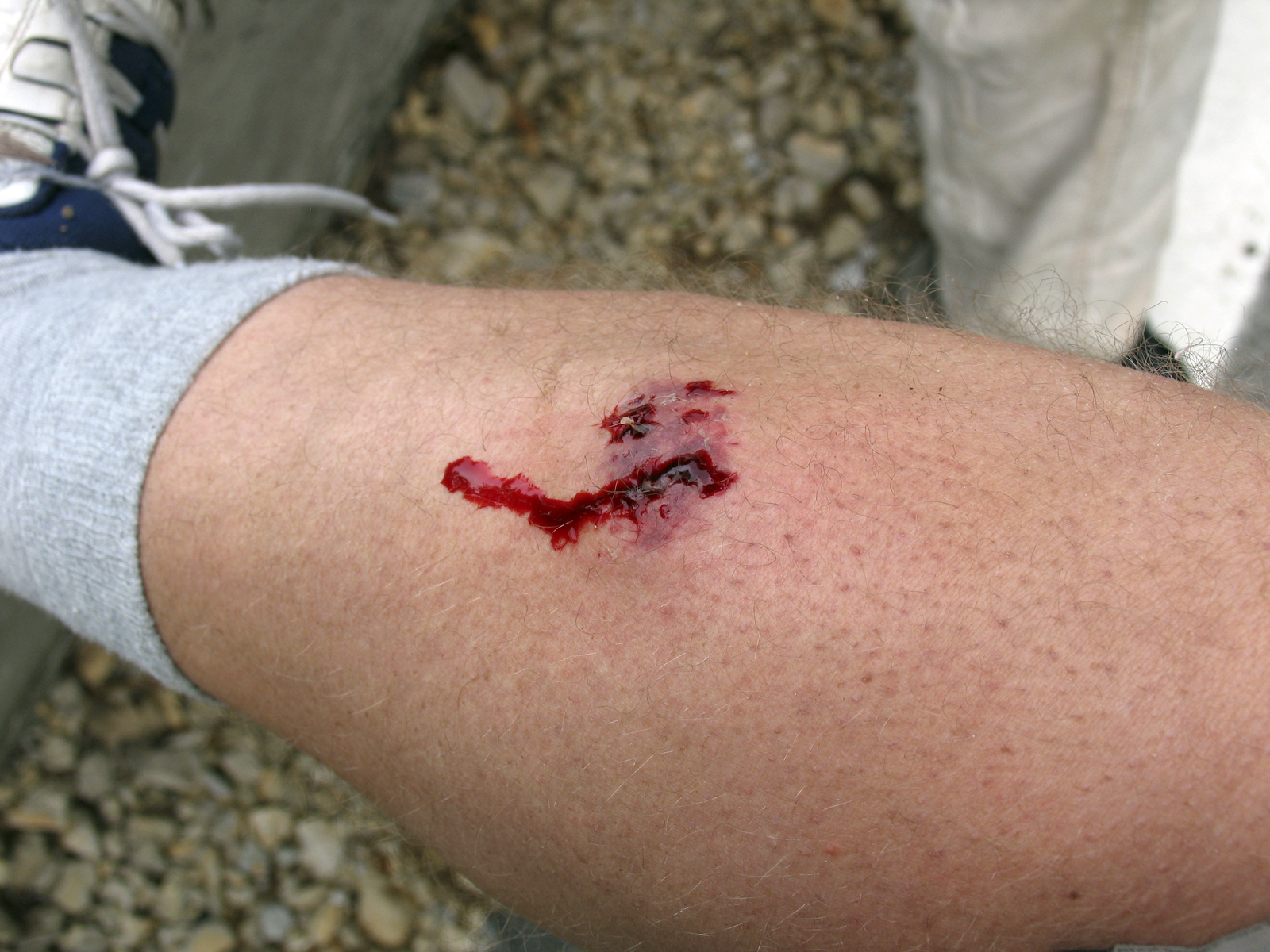
A quick dog bite may mean the dog is defending itself, whilean attack is frequently unprovoked and may inflict more seriousbites. (Photo: iStock)
|Dog bite or dog attack?
Although all dog bites are serious from a medical standpoint andemotionally due to the potential long-term damage they can do to avictim, there is a difference between offensive and defensiveaggression. All bites are an aggressive display, but a dog provokedinto defending itself and responding with a quick inhibited bite isdifferent from one that runs up to a victim and inflicts multipledeep punctures and has to be pulled off by the owner orhandler.
|Plaintiff attorneys often use the word “attack” to increase theemotional impact of their claim, whether or not the word issupported by the evidence.
|Related: 8 tips for preventing dogbites
|Read on…
|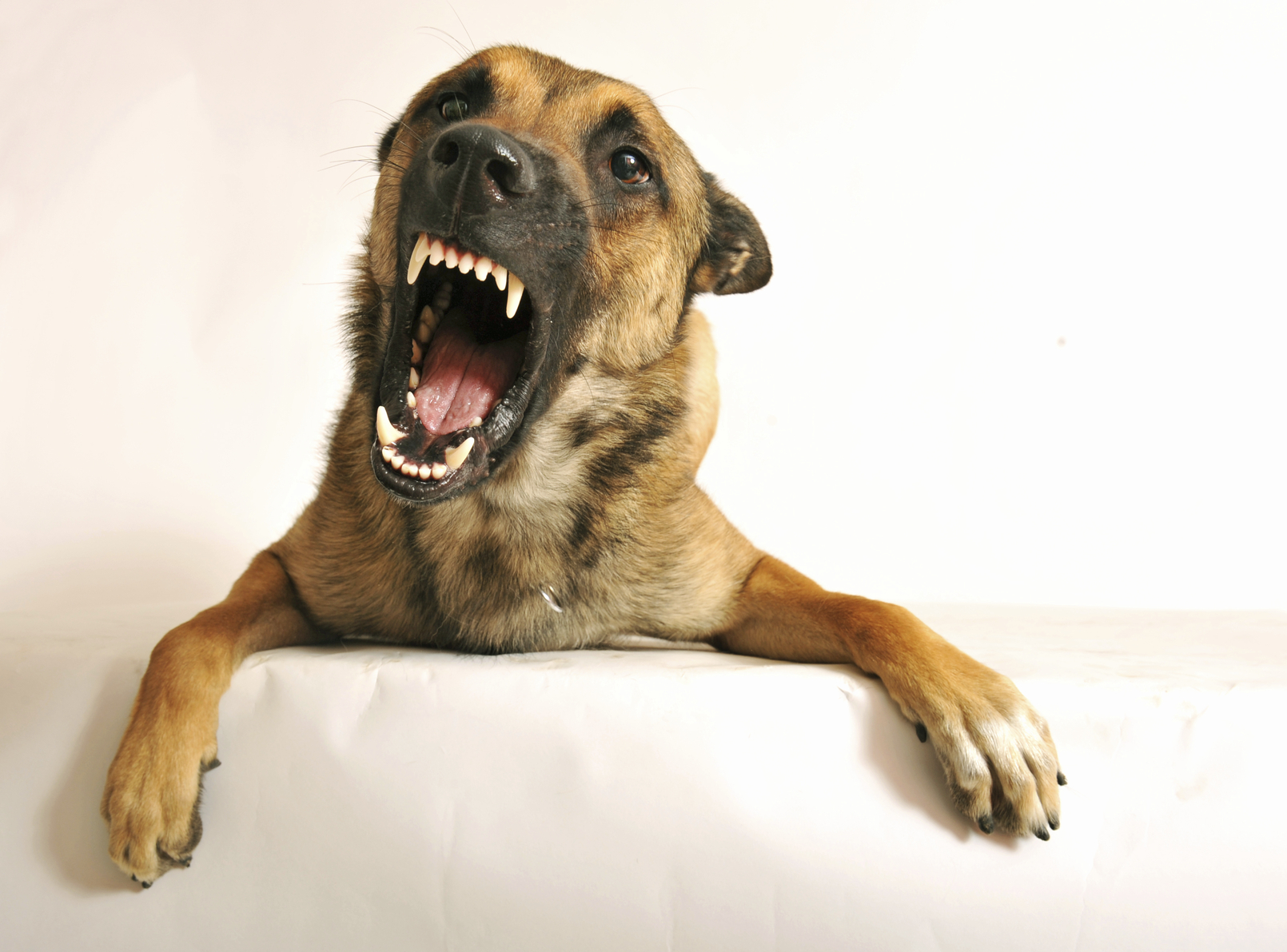
Since dogs exhibit different types of aggression, adjustersneed to know what to look for and what types of questions to ask aspart of their investigation. (Photo: iStock)
|Defensive aggression
Dogs that bite defensively do so as a reaction to pain or toavoid a threat from a person who has provoked them. This couldinvolve stepping on a tail or paw or someone putting his face veryclose to a strange dog's face in an attempt to kiss or hug it.Inhibited bites are where the dog controls its severity. In thesecases the dog is simply trying to remove a threat.
|One quick bite usually succeeds in creating enough distancebetween the dog and the threat and no further aggression isdisplayed. They tend to produce only lacerations and abrasions, andoccasionally contusions caused by blunt force trauma as a result ofthe direct contact of the dog with the victim. Medical records canalso be confusing if one doctor states a wound is a puncture andanother calls it a laceration. Clarity about the wounds isimperative.
|Offensive aggression
Typically, offensive attacks involve multiple bites to differentparts of the body. The depth of the bite wound and type says agreat deal about the dog's motivational state. Veterinarian recordsfor each dog are important in dog-on-dog incidents where humans arebitten.
|Often, false and exorbitant claims are made regarding incidentsof dog aggression. Knowing what to look for will help adjusters anddefense attorneys more accurately assess a client's case andpresent the best possible defense.
|Ron Berman ([email protected])is an expert in the forensic investigation and litigation of dogbites and pet-related injuries. He is an approved expert for theSuperior Court of Los Angeles, a certified forensic expert and alicensed animal evaluator.
Want to continue reading?
Become a Free PropertyCasualty360 Digital Reader
Your access to unlimited PropertyCasualty360 content isn’t changing.
Once you are an ALM digital member, you’ll receive:
- All PropertyCasualty360.com news coverage, best practices, and in-depth analysis.
- Educational webcasts, resources from industry leaders, and informative newsletters.
- Other award-winning websites including BenefitsPRO.com and ThinkAdvisor.com.
Already have an account? Sign In
© 2024 ALM Global, LLC, All Rights Reserved. Request academic re-use from www.copyright.com. All other uses, submit a request to [email protected]. For more information visit Asset & Logo Licensing.








